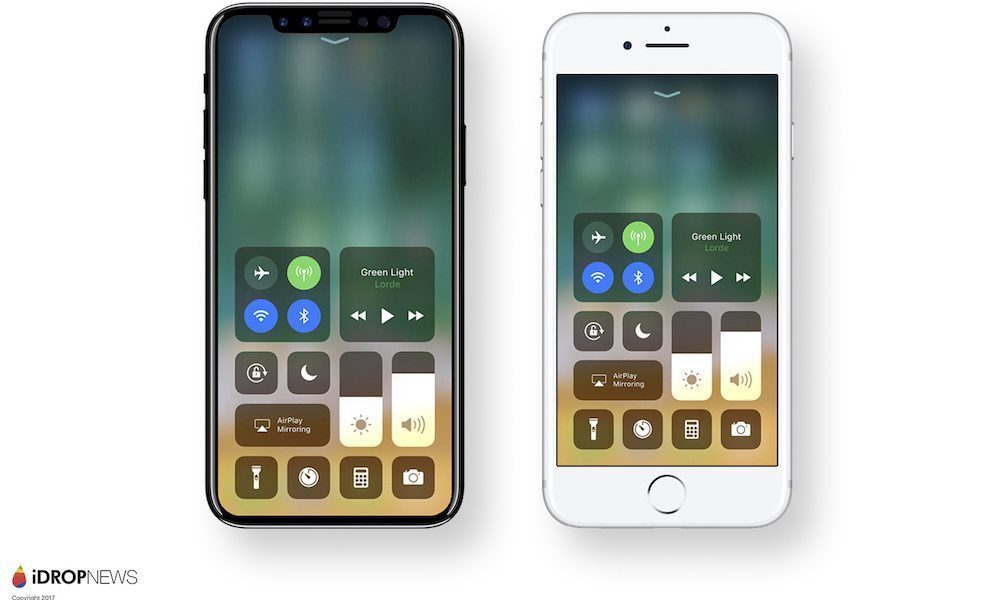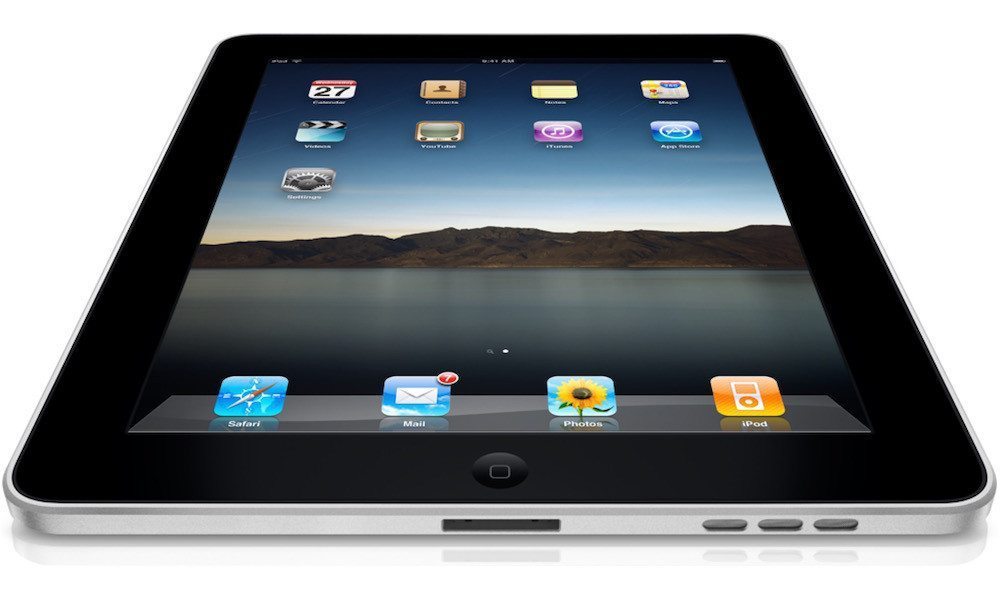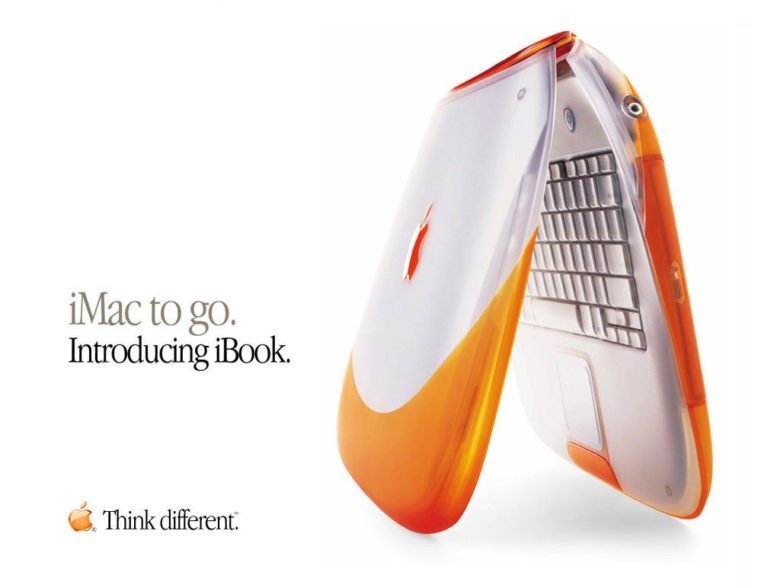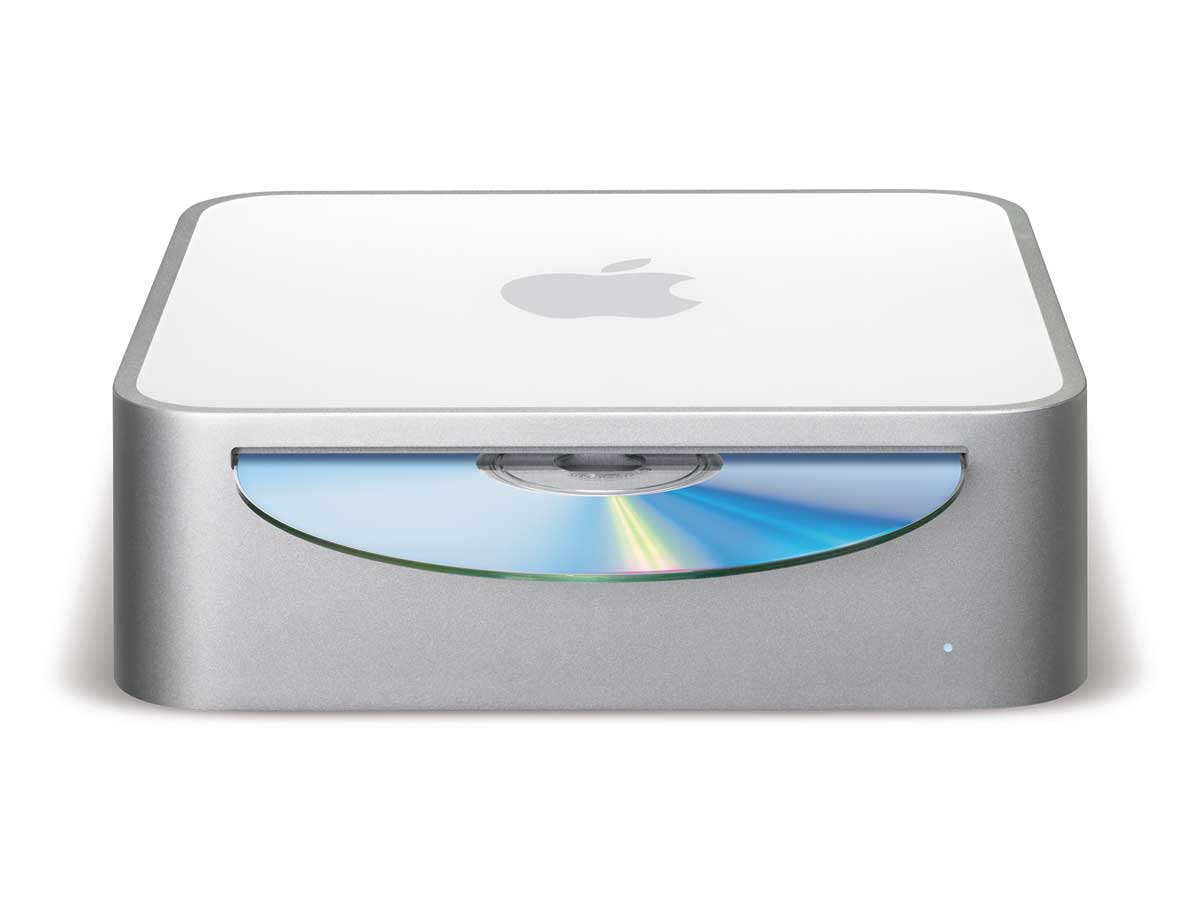5 Times Apple Punished Leakers for Telling Their Secrets

Apple has a well-documented history of shrouding its unannounced products in secrecy. Yet even despite the company’s attempts to conceal its gadgets until the moment they're announced on stage, an increasing presence of tech journalists, industry insiders, and factory workers who get their hands on them before they’re officially made public has only intensified in recent years. Consider the iPhone 7 and iPhone 7 Plus, for example — information about Apple’s 2016 flagship devices began leaking (in various capacities) several months ahead of their official debut last fall. While most of those leaks turned out to be spot on, it’s unknown how or where the leakers obtained the information, or if they faced any consequences from Apple.
Either way, the iPhone 7 leaks wouldn’t be the first of such to have circulated the web before Apple had the opportunity to do it themselves. In fact, there have been multiple instances in which Apple products have been leaked over the years: the only difference, at least from a legal standpoint, is that Apple used to fight back with a vengeance, often threatening media outlets with lawsuits or cease-and-desist orders in an attempt to keep their gadgets under wraps.
Here we will examine 5 major product leaks, spanning as far back as the year 2000, and what consequences Apple levied against those responsible for spilling the beans on its ‘best kept secrets.'
2012: iPad 2 Leak Leads to Jail Time

Three Foxconn R&D employees were charged with sharing information about the design of Apple’s iPad 2 with several case manufacturers. They received jail sentences ranging from one year to 18 months, apiece, and were also required to pay fines ranging from $4,500 to over $23,000 for spilling the beans, according to Cultofmac. Adding insult to injury, months after their arrests, the employees were again charged with having violated Foxconn and Apple’s trade secrets, which might explain why we seldom if ever hear about "high-profile" leaks like these nowadays.
Navigate to the Next Slide Using the Right Arrow
2007: iPod “Fat nano” Cease and Desist

Several months ahead of its debut, tech sites including 9to5mac, CrunchGear, and Gizmodo began posting photos of a square-shaped, iPod nano-styled device — which was so square, in fact, it quickly earned the title of “Fat nano” around the web. In response, Apple sent out cease-and-desist orders to all three news outlets, who quickly pulled the shots. Ironically enough, some three weeks later, on September 5th, 2007, Apple held a special event at which it released — you guessed it! — the same device pictured in spy shots, which Apple christened the iPod nano. Go figure!
Navigate to the Next Slide Using the Right Arrow
2000: iBook and PowerMac Leak Goes to Court

An Apple employee, who went by the online pseudonym Worker Bee (and was later identified as Mr. Juan Gutierrez), began leaking photos and information on some of Apple’s hottest, early-millennium Mac products to various online entities. Interestingly, before Gutierrez was actually revealed as the leaker, Apple filed a major lawsuit demanding that the leaks come to a screeching halt, according to CNET. Once Cupertino found out that Gutierrez was the culprit behind the curtain, he and Apple’s legal team ultimately settled out of court — and we never heard so much as a peep from Worker Bee again.
Navigate to the Next Slide Using the Right Arrow
2004: Mac mini Leak Shuts Down Website

One of the most popular tech news websites of the early 2000s was a haven for Apple fanboys known as ThinkSecret, which was responsible for single-handedly spoiling the hell out of Steve Jobs’ keynote surprises set for 2005’s Macworld Expo in San Francisco: Apple’s first-ever Mac mini, and the company’s debut of iWork, which included the first installment of the same Pages, Numbers, and Keynote applications that millions of Mac users rely on today. The sites leaks were 100% accurate, much to Apple’s chagrin; however a week before Macworld 2005, the company’s legal team filed a lawsuit against ThinkSecret’s sole proprietor, Nick Ciarelli, which resulted some three-years later in Ciarelli agreeing to shut down ThinkSecret.
Navigate to the Next Slide Using the Right Arrow
2010: iPhone 4 Enjoys a Night out on the Town

Remember the highly publicized story of Apple software engineer, Gray Powell, who stopped by a bar in Redwood City, California, after work one day — only to get smashed and end up leaving behind an entirely new Apple device? Though it was cleverly camouflaged in an iPhone 3GS case, the handset would ultimately come to be identified as the original, Retina display-equipped iPhone 4. Long story short, Gizmodo dropped $5,000 cash to purchase the device from a fellow patron who scooped it up at the bar Powell was drinking at; and Powell — by a miracle beyond technological proportions — wound up getting the device back in the end from Gizmodo. It's unclear exactly what how Apple reprimanded the employee for acting carelessly. Whatever Apple did, we know they didn't fire him: Gray still works for Apple to this very day.
